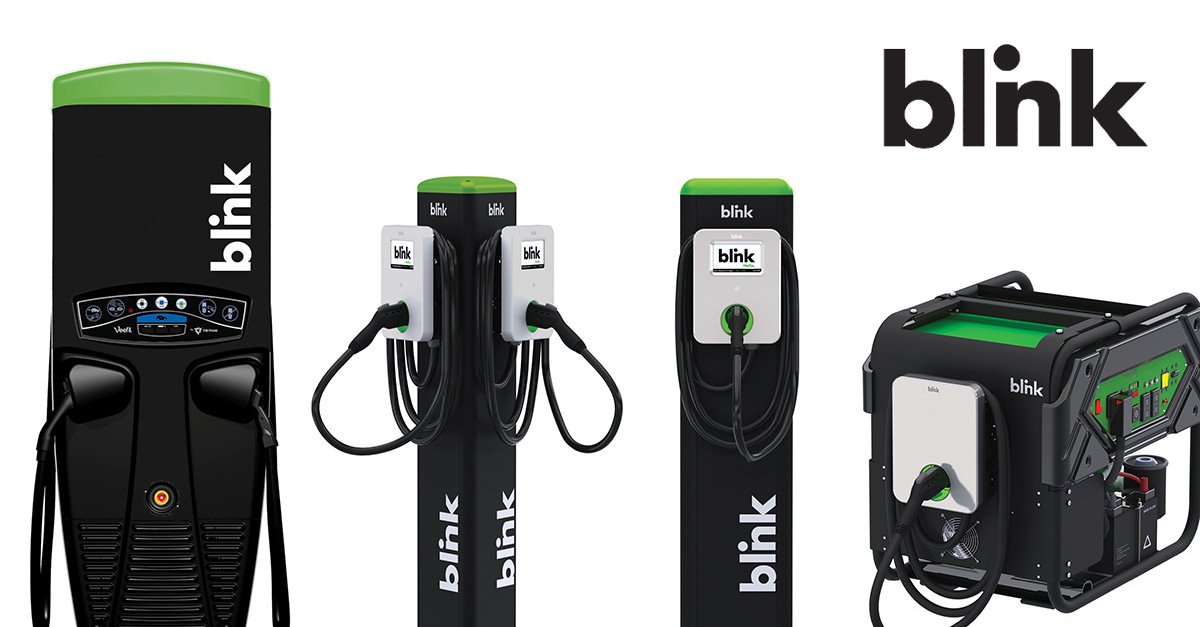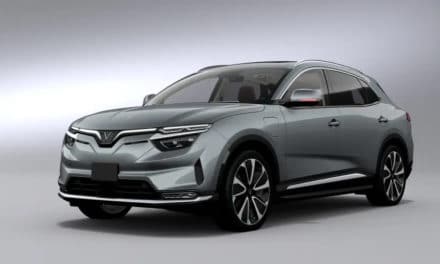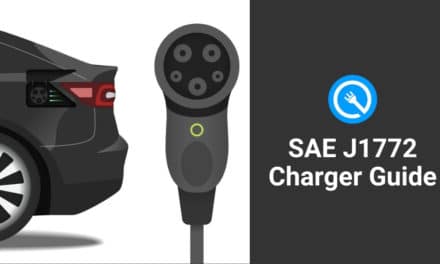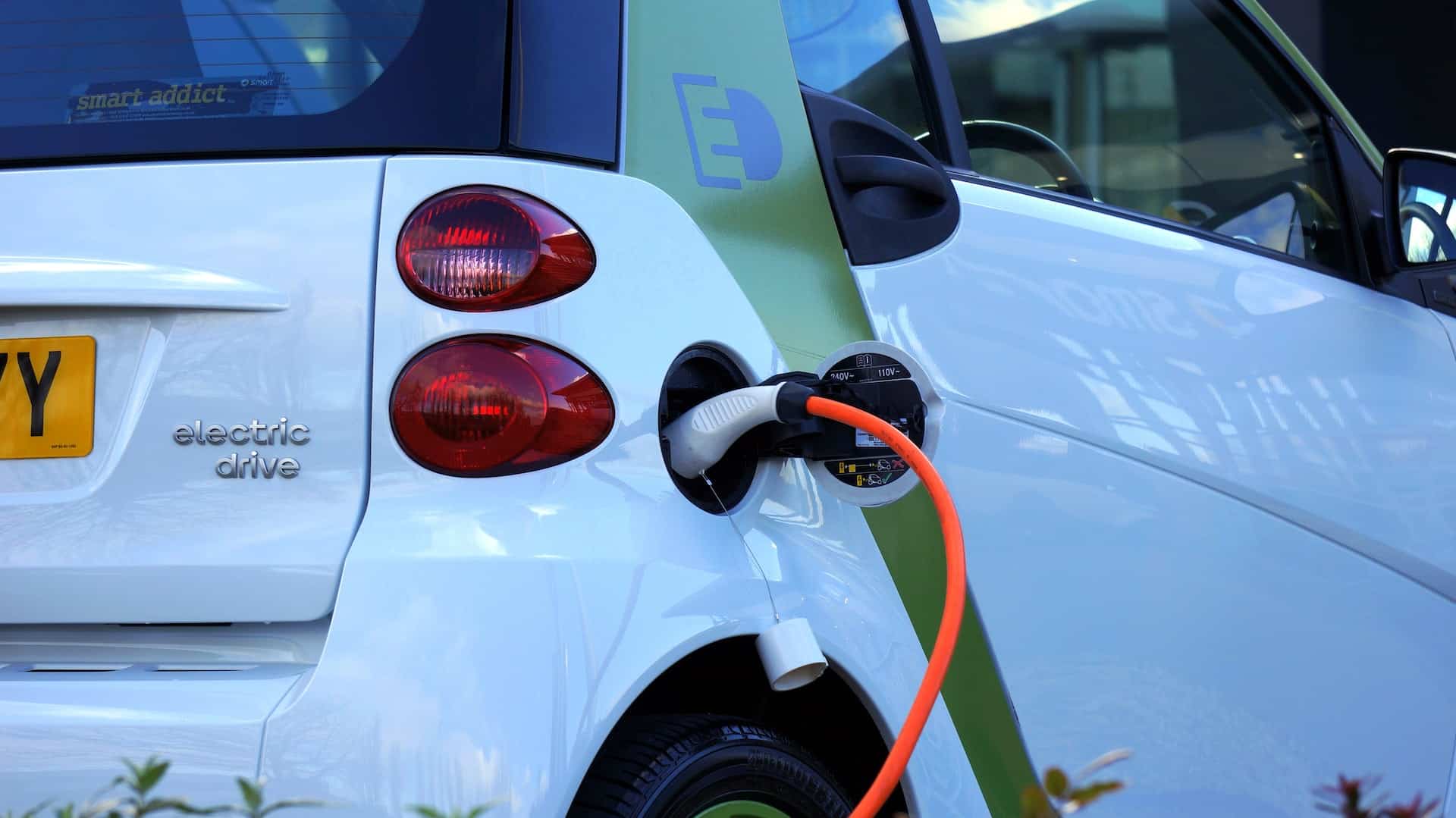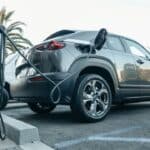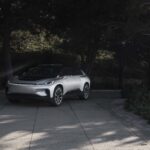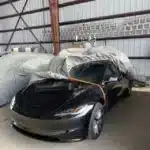Technological advances are happening every day now, it seems. Hybrid vehicles have been making substantial gains in the past decade and are only plowing forward as new innovative minds join the industry. With more companies adding electric car models to their lineups, there’s a new need for recharging these environmentally friendly cars faster no matter where you go.
Places to Charge an Electric Vehicle
Charging EV’s requires a standard connection that can be plugged into your home’s outlet, or if you pull up to a store, they will have special charging stations in the parking lots. Simply plug in and do your shopping, then come back, pay for the electricity your car took in, and be on your merry way. Charging stations at retail stores tend to charge more quickly, unlike your home’s limited circuitry.
Charging at Home
Charging your EV at home will take longer since the home’s circuits and wiring is not as heavy-duty as the special stations in parking lots or at rest stops along the highways. The public charge stations replenish the batteries faster and consistently since the cable is designed to handle a higher output of electricity. You can purchase a specialized charging panel for your home to speed up the rate at which your EV refills the batteries.
The upfront sticker shock can make it feel like an EV is not worth the money, though. Still, breaking down the rate of emissions the car releases and the mpg or driving range the car gets, the costs are not as bad, especially since electricity is cheaper than gasoline. We’ve all felt the sting of increasing petrol prices.
Charging on the Go
Charging stations are still few and far in between. Still, more are being constructed as EV’s increase in sales and as big companies like Amazon are making steady changes to more environmentally-friendly electric vehicles. Most large companies like Wal-Mart and Costco have a handful of charging stations for hybrid and all Electric vehicles, and these numbers are going to increase as time goes by.
Public charge stations at rest stops are rare in many states still. Still, California is taking the lead when installing EV charge stations and pushing for more EVs in general, as they currently have the highest emissions levels in the United States. As more charging stations are built, the more convenient it will be to have a Hybrid or all Electric vehicle.
Incentives for Residental and Commercial EV Charge stations
Before you decide that an EV is not the right fit for you or your family, search for State, local, and federal incentives, tax credits, rebates, and deals from merchants when purchasing an EV and upgrading your EV charging station. Blink offers plans for businesses to work with them, not against when it comes to offering top-of-the-line charging stations. Blink also has incentives for residential and business charging station purchases.
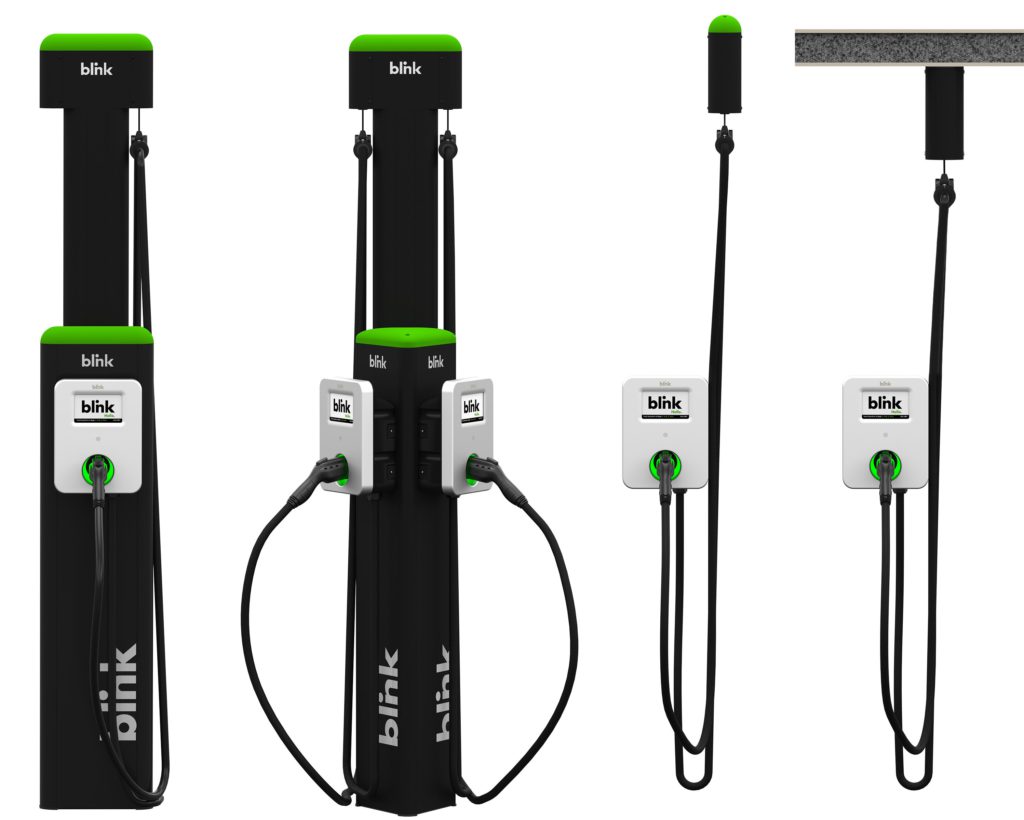
Blink Charging Stations
Blink has charging stations in multiple models for businesses and homes that are top-quality, made in-house, and available in multiple regions like Europe, the Americas, and the Middle East. The standard charging cables that come with EVs will charge the batteries overnight using your home’s outlet. A blink charging station will charge your EV even faster, and it won’t even take up a huge amount of space either.
Residential Models
Blink has 2 models for residential use so far. The Blink HQ 100 and the HQ 150. Both have long charging cables, delay start and off-peak charging features, and sleek designs that will fit into your home. They are easy to use and are faster than the standard EV charging cables that come with the cars originally. They do, however, have some key differences.
| Features & Specs | HQ 100 | HQ 150 |
| Cable length (Feet) | 18 | 25 |
| AMPs | 30 | 32 |
| Charging Speed | 6x | 8x |
| Voltage | 208 VAC – 240 VAC, 60 Hz, Single Phase | |
| Delay Start intervals | ✔ | ✔ |
| Off-Peak Charging | ✔ | ✔ |
| Sleek Design | ✔ | ✔ |
| Lightweight | ✔ | ✔ |
| Charging Cord | AC Level 1 | |
| SAE J1772 connector Compatible | ✔ | ✔ |
Some of the specifications and features of the Blink HQ150 have yet to be released, as it is currently in pre-order and not yet available. Both units also come with $100 in-network credit to use at public charging stations.
Commercial Models (Americas)
Blink has five models of charging stations for use in the Americas. All models, except for the Mobile emergency charger, are slender and parking-lot friendly.
| Features & Specs | IQ 200 | DCFC 50kW | DCFC 75kW | DCFC 175kW | Mobile Emergency Charger |
| Miles of Charge per Hour | 65 | 0.5 to 1 mile of range per minute | |||
| Cable length (Feet) | 25 | 9-19 | 13.5 | 25 | |
| Fee Options | ✔ | X | |||
| Grounded Pole/Cable | ✔ | ✔ | ✔ | ✔ | X |
| Weather-Resistant | ✔ | ✔ | ✔ | ✔ | |
| Liquid Cooling | X | ✔ | ✔ | ✔ | X |
| AC charging stations | Level 2 | ||||
| Connector Types | SAE J1772 | CHadeMO and CCS (Type 1 or 2) | CCS1/2 200A, CHAdeMO 125A | US & Canada: CCS1 or CCS1 and CHAdeMO | NEW 625, SAE J1772, and NEMA 3R (requires adaptor for tesla models) |
Some specifications are unavailable on certain models and can vary by region. The Mobile Emergency Charger (EMC) is perfect for emergency services such as tow trucks and emergency personnel like firefighters and police.
Blink Has the Variety to Suit Your Needs
The selection of models and features Blink has within their charging stations is impressive and top-notch. You’d be hardpressed to find as many features on other charging stations as you will with Blink’s chargers, whether it be commercial or residential. The deals and incentives programs, as well as their membership program, helps to keep things simple and as cost-effective as possible.
Blink’s leading the way in innovating the EV industry with their charging stations as we move forward into the future of greener energy solutions and combating environmental emissions. Electric vehicles are the future of transportation. It’s time to get in on the action.

